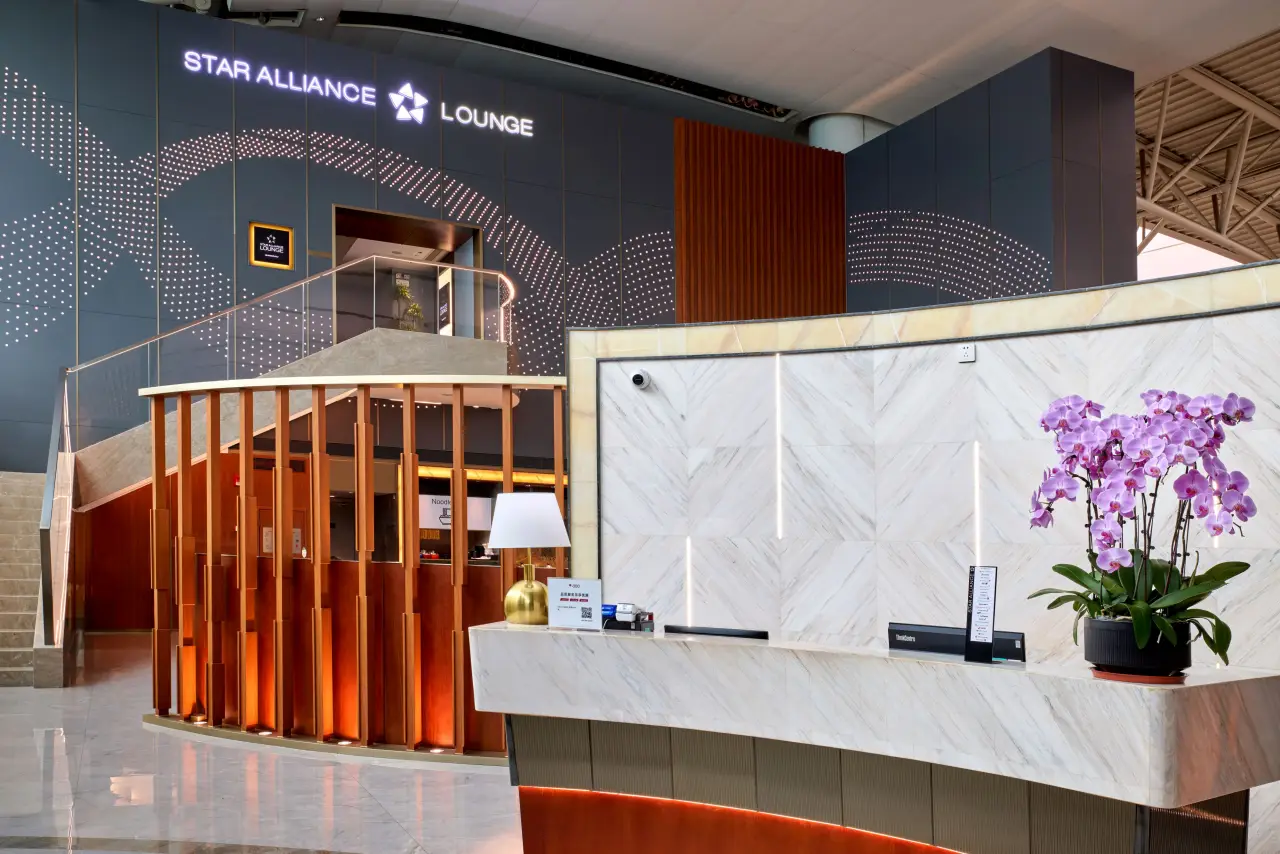The world’s first scheduled passenger airline service took off on January 1, 1914, from St. Petersburg, FL, and landed in Tampa, FL, covering a distance of about 17 miles (27 kilometers) in a span of 23 minutes.
This flight, known as the St. Petersburg-Tampa Airboat Line, was operated by a “flying boat” designed by Thomas Benoist. The pilot for this historic flight was Tony Jannus, and the first paying passenger was Abram C. Pheil, the former mayor of St. Petersburg. While this flight was not 10+ hours long, it marked the beginning of commercial airline services and paved the way for the long-haul flights we see today.
The journey of long-haul commercial flights began in earnest in the mid-20th century. Airlines started to operate flights that lasted over 10 hours, connecting major hubs across the world. These flights were a symbol of luxury, with passengers enjoying unparalleled service and comfort. The introduction of jet engines and advancements in aircraft design further pushed the boundaries, allowing airlines to operate non-stop flights over longer distances.
Fast forward to 2023, and the landscape of long-haul flights has evolved dramatically. Today, the title for the longest commercial flight goes to the route from Singapore (SIN) to New York (JFK), operated by Singapore Airlines. This incredible journey spans a distance of 9,537 miles and has a scheduled flight time of 18 hours and 50 minutes. This flight, operated using the state-of-the-art Airbus A350-900ULR, represents the pinnacle of modern aviation, offering passengers unmatched levels of comfort and convenience.
Why Longest Flights Matter?
In today’s fast-paced, interconnected world, the ability to travel vast distances in the shortest time possible has become more crucial than ever. The longest flights in the world, often referred to as ultra-long-haul flights, play a pivotal role in this global connectivity. Here’s why they matter:
Bridging Continents and Cultures: These flights connect major cities across different continents, facilitating cultural exchange, fostering understanding, and bringing the world closer together.
Economic Impact: Ultra-long-haul flights play a vital role in global business. They enable executives to attend meetings on opposite sides of the world within a day, fostering international collaborations and driving global economic growth.
Convenience for Passengers: For travelers, especially those on tight schedules, these flights eliminate the need for multiple layovers, reducing total travel time and the hassles associated with changing planes.
Efficiency and Environmental Considerations: Direct flights can often be more fuel-efficient than taking multiple shorter routes, leading to reduced carbon emissions per passenger.
Innovation in Aviation: The demand for longer flights pushes airlines and aircraft manufacturers to innovate. This has led to the development of more fuel-efficient planes and advancements in in-flight amenities to ensure passenger comfort on extended journeys.
Tourism Boost: Direct connections to distant destinations can boost tourism, allowing travelers easier access to previously hard-to-reach locales.
For business travelers, tourists, and everyone in between, these flights offer unparalleled convenience. They reduce travel time, eliminate the hassle of layovers, and provide a seamless experience from takeoff to landing.
Top 10 Longest Non Stop Flights in the World
The longest flight in the world, currently flown by Singapore Airlines, between Singapore and John F. Kennedy International Airport. The airline launched the route in October 2018. SIA operates the Airbus A350-900 long-range aircraft on the route. This aircraft is configured with 42 Business Class, 24 Premium Economy Class and 187 Economy Class seats.
| Route | Airline | Distance (miles) | Distance (kilometers) | Scheduled Flight Time |
|---|---|---|---|---|
| New York (JFK) to Singapore (SIN) | Singapore Airlines | 9,537 miles | 15,359 km | 18 hours, 50 minutes |
| Newark (EWR) to Singapore (SIN) | Singapore Airlines | 9,523 miles | 15,335 km | 18 hours, 45 minutes |
| Perth (PER) to London (LHR) | Qantas | 9,010 miles | 14,505 km | 17 hours, 15 minutes |
| Melbourne (MEL) to Dallas (DFW) | Qantas | 8,992 miles | 14,476 km | 17 hours 35 minutes |
| Auckland (AKL) to New York (JFK) | Air New Zealand | 8,828 miles | 14,210 km | 17 hours, 50 minutes |
| Dubai (DXB) to Auckland (AKL) | Emirates | 8,824 miles | 14,204 km | 17 hours, 10 minutes |
| Los Angeles (LAX) to Singapore (SIN) | Singapore Airlines | 8,770 miles | 14,114 km | 17 hours, 50 minutes |
| Bangalore (BLR) to San Francisco (SFO) | Air India | 8,701 miles | 14,006 km | 17 hours, 40 minutes |
| Darwin (DRW) to London (LHR) | Qantas | 8,620 miles | 13,878 km | 17 hours, 55 minutes |
| Houston (IAH) to Sydney (SYD) | United Airlines | 8,596 miles | 13,842 km | 17 hours, 35 minutes |
Overcoming Jet Lag & Tips for Surviving a Long-Haul Flight
Jet lag, also known as time zone change syndrome, is a temporary sleep disorder that occurs when a person’s internal body clock is out of sync with the time zone they are in. It’s like your body is in New York, but your brain is still in Singapore.
The primary cause of jet lag is traveling across multiple time zones in a short period. Our bodies have a natural circadian rhythm that aligns with the rising and setting of the sun. When we travel to a different time zone, this rhythm gets disrupted, leading to jet lag.
Symptoms of Jet Lag
Physical Symptoms
Some of the physical symptoms include fatigue, insomnia, stomach problems, and muscle soreness. Ever felt like a zombie after a long flight? That’s jet lag showing its colors.
Mental Symptoms
On the mental front, jet lag can cause mood swings, irritability, and difficulty concentrating. It’s not just your body that’s tired; your brain is too.
Tips to Overcome Jet Lag
Before the Flight
Adjusting Your Sleep Schedule
A few days before your trip, try adjusting your sleep schedule to match the time zone of your destination. Going to bed and waking up an hour earlier or later each day can make a world of difference.
Stay Hydrated
Drink plenty of water before and during your flight. Dehydration can exacerbate the symptoms of jet lag.
Wear comfortable clothes for the flight
When embarking on a flight, prioritize comfort by wearing loose-fitting and breathable clothes that allow for easy movement. Compression socks are a traveler’s best friend, as they promote blood circulation and can help prevent swelling and deep vein thrombosis during long-haul journeys. Remember, the key to a pleasant flight experience is feeling at ease, so dress for comfort and consider investing in quality compression socks for added health benefits.
During the Flight
Move Around
Sitting for extended periods can lead to muscle stiffness and blood clots. Make it a point to move around every hour or so. Stretch your legs, walk down the aisle, or do some in-seat exercises.
Avoid Alcohol and Caffeine
While it might be tempting to have a drink or coffee to pass the time, both can dehydrate you and disrupt your sleep pattern.
After the Flight
Get Plenty of Sunlight
Natural sunlight helps reset your internal body clock. Spend some time outdoors, and let the sun work its magic.
Take Short Naps
If you’re feeling extremely tired, take short naps (20-30 minutes) to recharge. Avoid long naps as they can make it harder to adjust to the new time zone.














